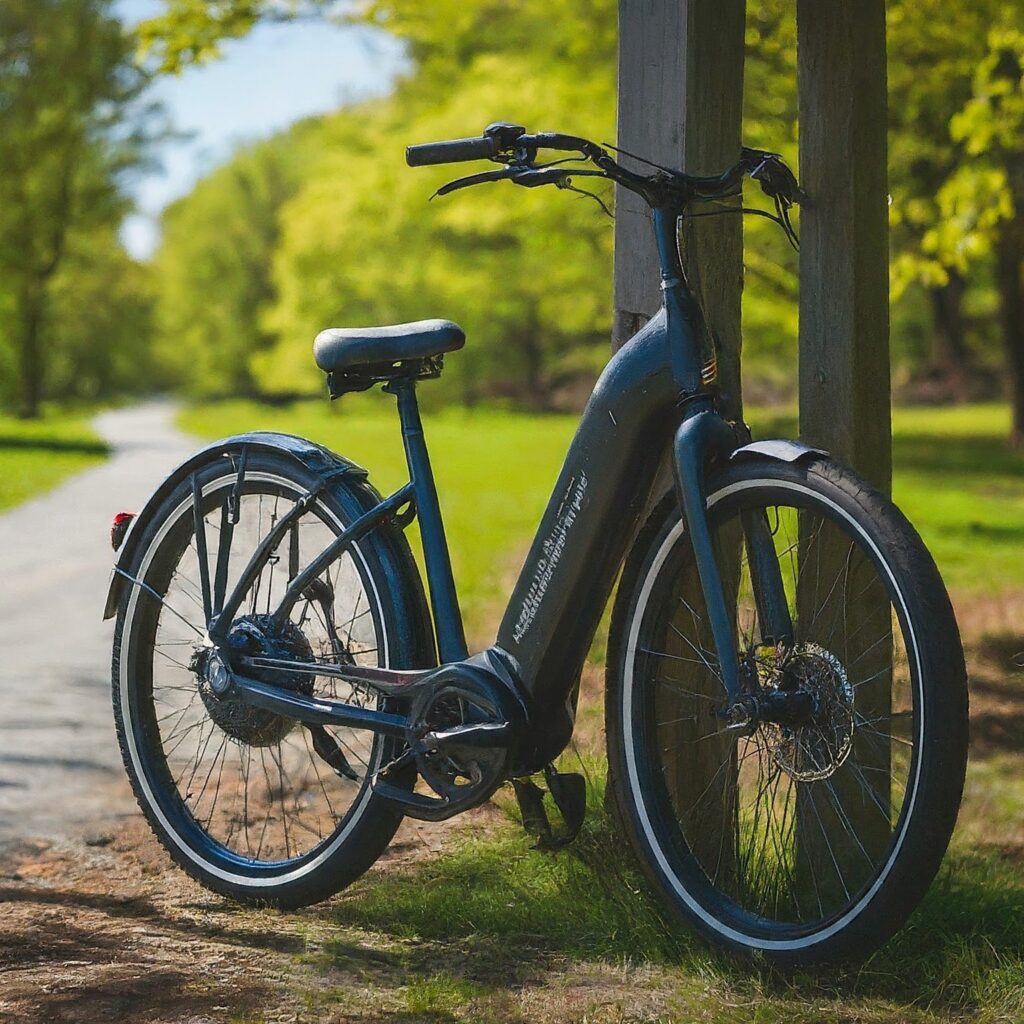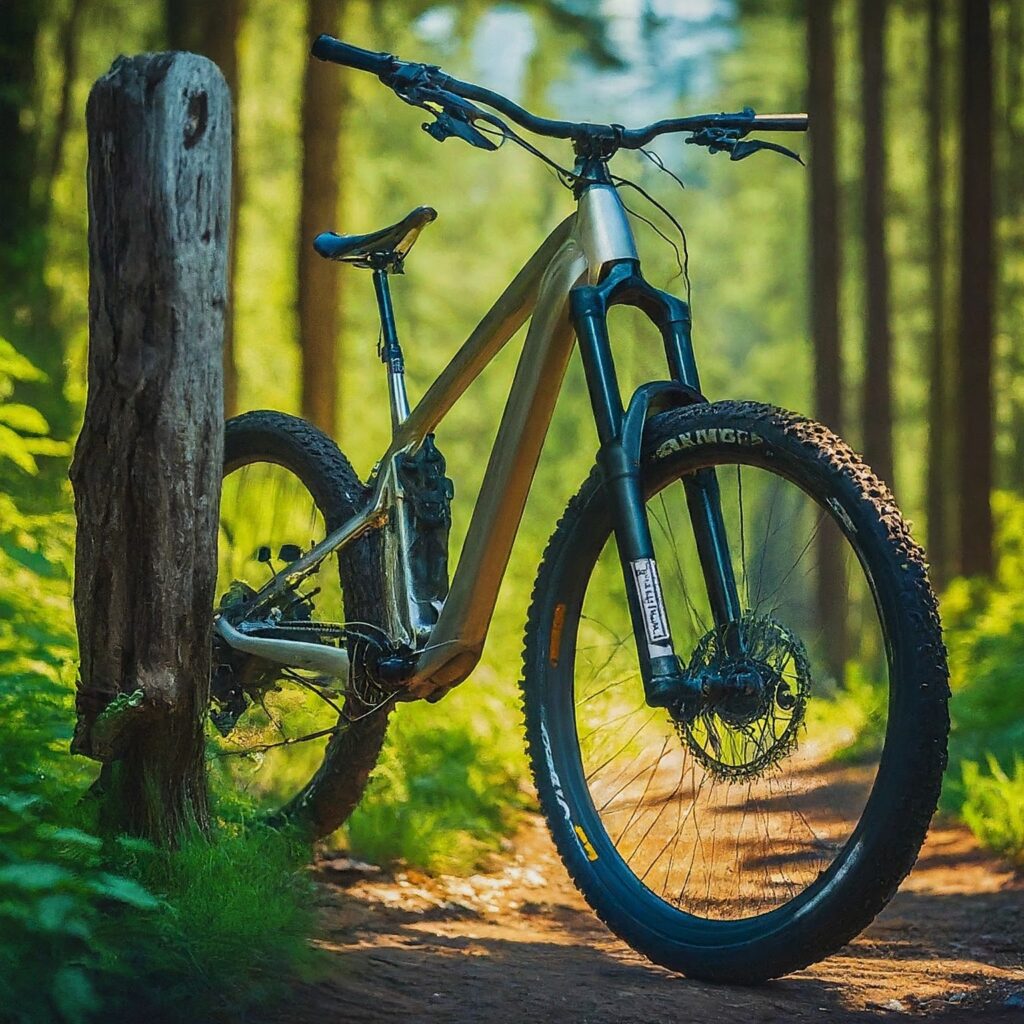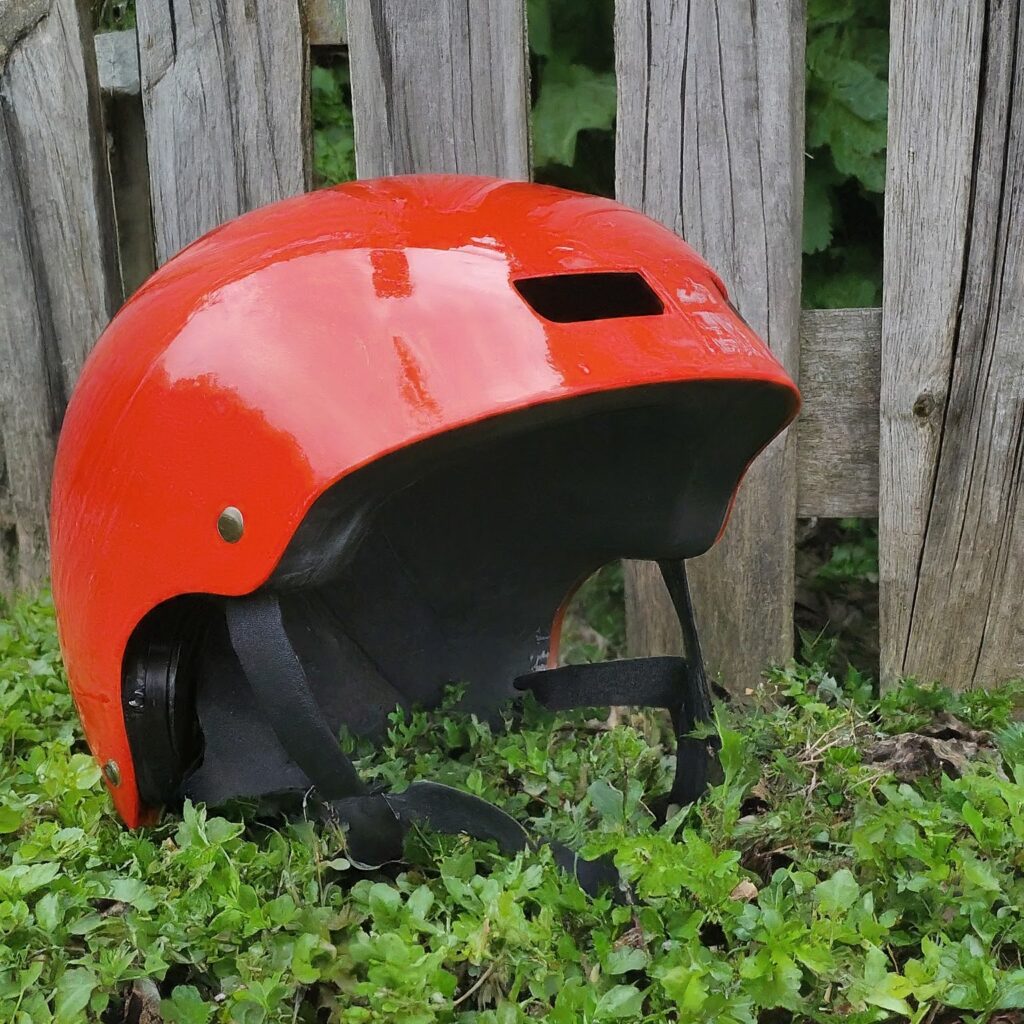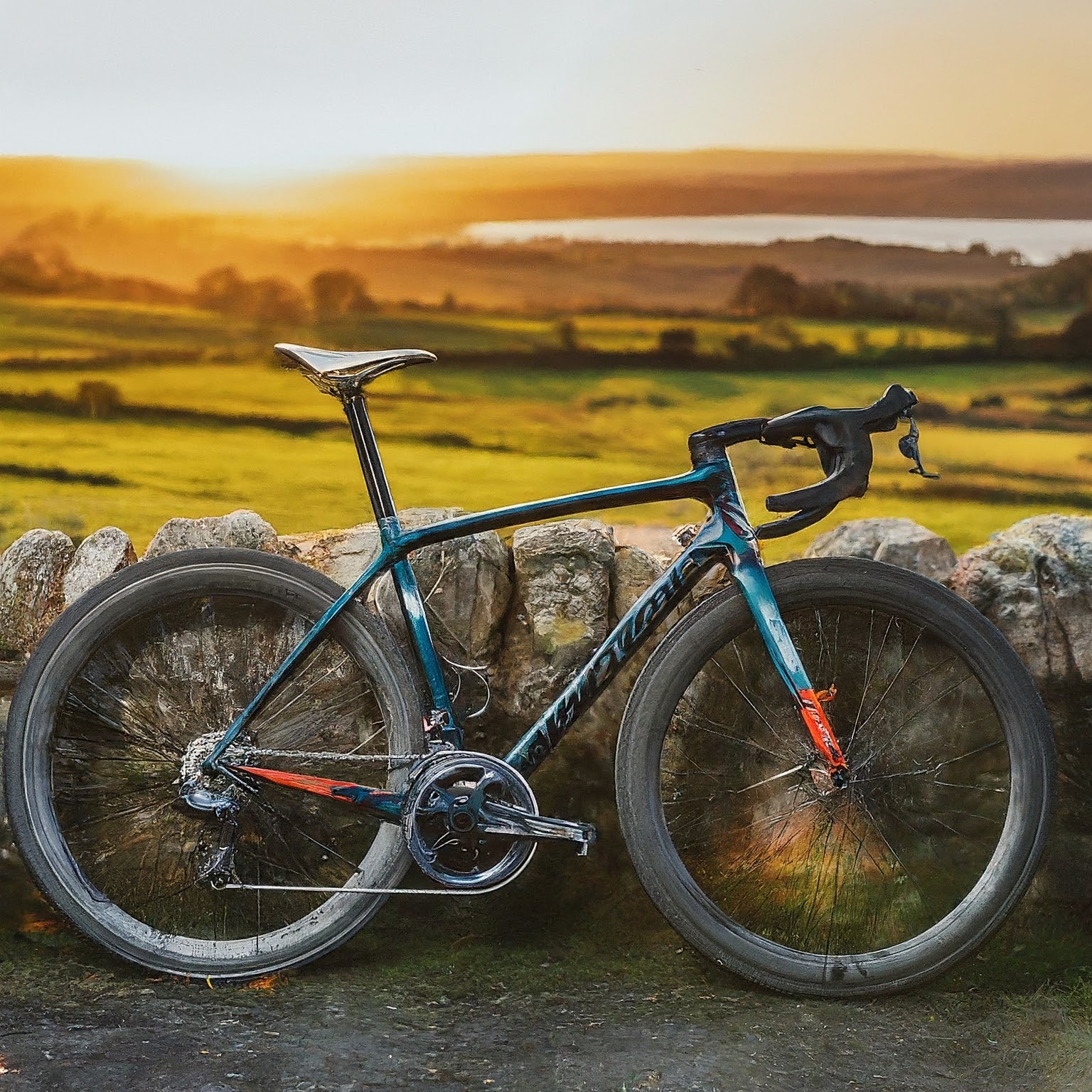Finding the right bike can be a daunting task, especially with the plethora of options available in the market today. Whether you are a seasoned cyclist or a beginner, the right bike can make all the difference in your riding experience. This comprehensive guide aims to help you navigate through the myriad of choices and find the perfect bike for your needs. Welcome to What Bikes, your go-to resource for everything about bikes!

Understanding the Different Types of Perfect Bike
Before diving into specific models and brands, it’s essential to understand the various types of bikes available. Each type serves a different purpose and caters to different riding styles and terrains.
Road bikes, for instance, are designed for speed and efficiency on paved surfaces. With their lightweight frames, narrow tires, and drop handlebars that allow for an aerodynamic riding position, road bikes are ideal for long-distance rides, racing, and commuting on smooth roads. Their design emphasizes speed and agility, making them perfect for cyclists who enjoy fast rides on city streets or country lanes.
On the other hand, mountain bikes are built for off-road adventures. These bikes feature sturdy frames, wide tires with deep treads, and suspension systems to handle rough terrains. Whether you’re navigating rocky paths, forest trails, or steep hills, mountain bikes provide the durability and control needed for challenging environments. They are perfect for trail riding, hill climbing, and descending rocky paths.
Hybrid bikes combine features of road and mountain bikes, making them versatile for various terrains. They have a comfortable upright riding position, medium-width tires, and can handle both paved roads and light off-road trails. Hybrids are great for commuting, recreational riding, and casual fitness, offering a blend of speed and comfort.

For those who enjoy mixed-surface riding, gravel bikes are an excellent choice. They resemble road bikes but come with wider tires and more robust frames to handle gravel paths, dirt roads, and pavement. Gravel bikes are ideal for adventure riding and exploring less-traveled routes, allowing you to experience the freedom of the open road and off-road trails alike.
Electric bikes (e-bikes) have gained popularity for their integrated electric motors that provide pedal assistance. Available in various styles, including road, mountain, and hybrid, e-bikes offer an added boost, making them perfect for those who need a bit of help on their rides, whether for commuting, leisure, or fitness.
Lastly, BMX bikes are compact and sturdy, designed for stunt riding, racing, and off-road biking. With their small frames, 20-inch wheels, and single gear, BMX bikes are popular among younger riders and those interested in performing tricks and jumps.
Key Factors to Consider When Choosing a Perfect Bike
Selecting the right bike involves more than just choosing the type. Here are crucial factors to consider to ensure you get the best fit for your needs.
Purpose
First and foremost, identify the primary purpose of your bike. Are you looking for a bike for commuting, fitness, leisure rides, or competitive racing? Your intended use will significantly influence your choice. For example, a road bike is ideal for someone training for a race, while a hybrid bike might be better for casual weekend rides around the neighborhood.
Budget
Bikes come in a wide range of prices, from affordable entry-level models to high-end professional bikes. Setting a budget can help narrow down your options and ensure you get the best value for your money. Keep in mind that while higher-end bikes offer advanced features and better performance, there are plenty of quality bikes available at lower price points.

Fit and Comfort
A well-fitted bike ensures comfort and efficiency. Consider factors like frame size, saddle height, handlebar position, and pedal placement. Many bike shops offer professional fitting services to help you find the perfect fit. Remember, a comfortable bike ride makes for a more enjoyable and longer-lasting cycling experience.
Terrain
Think about the terrain you’ll be riding on most frequently. Smooth roads, rough trails, mixed surfaces, or urban environments each require different bike features. For example, a mountain bike’s rugged build is unnecessary for city commuting, while a road bike’s slim tires may struggle on dirt paths.
Frame Material
The material of the bike frame affects its weight, durability, and ride quality. Common frame materials include aluminum, carbon fiber, steel, and titanium. Each material has its pros and cons:
- Aluminum: Lightweight and affordable, offering a stiff ride.
- Carbon Fiber: Extremely light and strong, providing a smooth ride, but often more expensive.
- Steel: Durable and comfortable, with a classic feel, but heavier than aluminum and carbon fiber.
- Titanium: Combines the best qualities of steel and carbon fiber, but comes with a high price tag.
Components and Features
Consider the bike’s components, such as the drivetrain, brakes, and suspension. High-quality components enhance performance and durability but may increase the cost. Look for features that match your riding style and needs. For instance, a good suspension system is crucial for mountain biking, while reliable brakes are essential for all bikes, especially in urban settings.
Top Bike Brands to Consider
When it comes to quality and reliability, certain bike brands stand out. Here are some top brands you should consider:
Trek is renowned for its innovative designs and high-quality bikes across various categories, including road, mountain, and hybrid bikes. They offer a range of models to suit different budgets and riding styles.
Specialized is a leader in the cycling industry, known for its cutting-edge technology and performance-oriented bikes. They offer a wide selection of road, mountain, and e-bikes, catering to both professional athletes and everyday riders.https://whatbikes.com/
Giant is one of the largest bike manufacturers in the world, offering a diverse range of bikes that cater to all types of riders. Their bikes are known for their quality, durability, and affordability, making them a popular choice among cyclists.
Cannondale is famous for its innovative designs and premium bikes. They offer a wide range of models, from road and mountain bikes to urban and e-bikes, with a focus on performance and comfort.
Santa Cruz specializes in high-performance mountain bikes, known for their durability and advanced suspension systems. They are a favorite among serious off-road enthusiasts and those looking for top-notch trail performance.
Essential Bike Accessories
Once you’ve chosen the perfect bike, consider adding essential accessories to enhance your riding experience and safety.
A helmet is a must-have for safety. Choose one that fits well and meets safety standards. For visibility, especially if you ride at night or in low-light conditions, front and rear lights are crucial. They help you see and be seen by others.

A sturdy lock is essential to protect your bike from theft, especially if you leave it in public places. Additionally, carrying a portable pump and a basic repair kit can save you from being stranded due to a flat tire or minor mechanical issues.
Staying hydrated is important during rides. Mount a water bottle cage on your bike frame and carry a water bottle. Finally, wearing comfortable and appropriate cycling apparel, including padded shorts, moisture-wicking jerseys, and gloves, can significantly improve your riding experience.
Tips for Maintaining Your Bike
Regular maintenance keeps your bike in top condition and extends its lifespan. Here are some essential maintenance tips:
Clean your bike regularly, especially after rides on muddy or wet trails. Use bike-specific cleaners and avoid using high-pressure water, which can damage components. Keeping your bike clean prevents dirt and grime from wearing down parts.
Lubricate the chain to ensure smooth shifting and reduce wear. Use a bike-specific lubricant and wipe off any excess to prevent attracting more dirt. A well-lubricated chain enhances performance and prolongs the life of your drivetrain.
Check tire pressure before every ride. Proper tire pressure ensures a comfortable and efficient ride, reducing the risk of flats and improving handling. Refer to your bike’s specifications for the recommended pressure range.
Inspect brakes and gears regularly to ensure they are functioning properly. Adjust or replace brake pads and cables as needed, and make sure your gears shift smoothly. Faulty brakes can compromise your safety, while poorly adjusted gears can make riding difficult.
Taking your bike for regular tune-ups at a professional bike shop is also a good practice. A tune-up typically includes a thorough inspection, cleaning, and adjustment of all components, ensuring your bike stays in optimal condition.
Exploring Bike Trails and Routes
Now that you have the perfect bike, it’s time to explore some amazing bike trails and routes. Rail trails, for instance, are converted from old railway lines and offer scenic, traffic-free paths for cyclists. These trails are ideal for leisurely rides and family outings, providing a peaceful and safe environment for all ages.
For the adventurous, mountain trails offer challenging terrain and stunning natural landscapes. Be sure to choose trails that match your skill level and experience. Urban bike paths are also a great option, especially in cities with dedicated bike lanes and paths, making it easy to explore urban areas on two wheels.
Coastal routes offer breathtaking views of the ocean and are great for long, scenic rides. These routes often have a mix of flat and hilly sections, providing a varied riding experience. Lastly, many national parks have designated bike trails, allowing you to explore beautiful landscapes and wildlife. Always check the park regulations and trail conditions before heading out to ensure a safe and enjoyable ride.
Joining the Cycling Community
Cycling is not just about riding; it’s also about community. Joining a cycling club can enhance your riding experience by offering group rides, social events, and a supportive community of fellow cyclists. Participating in local cycling events, such as races, charity rides, and bike festivals, can be fun and motivating, providing a sense of camaraderie and accomplishment.
Online forums and social media groups dedicated to cycling are also great for sharing tips, asking questions, and connecting with other cyclists.

